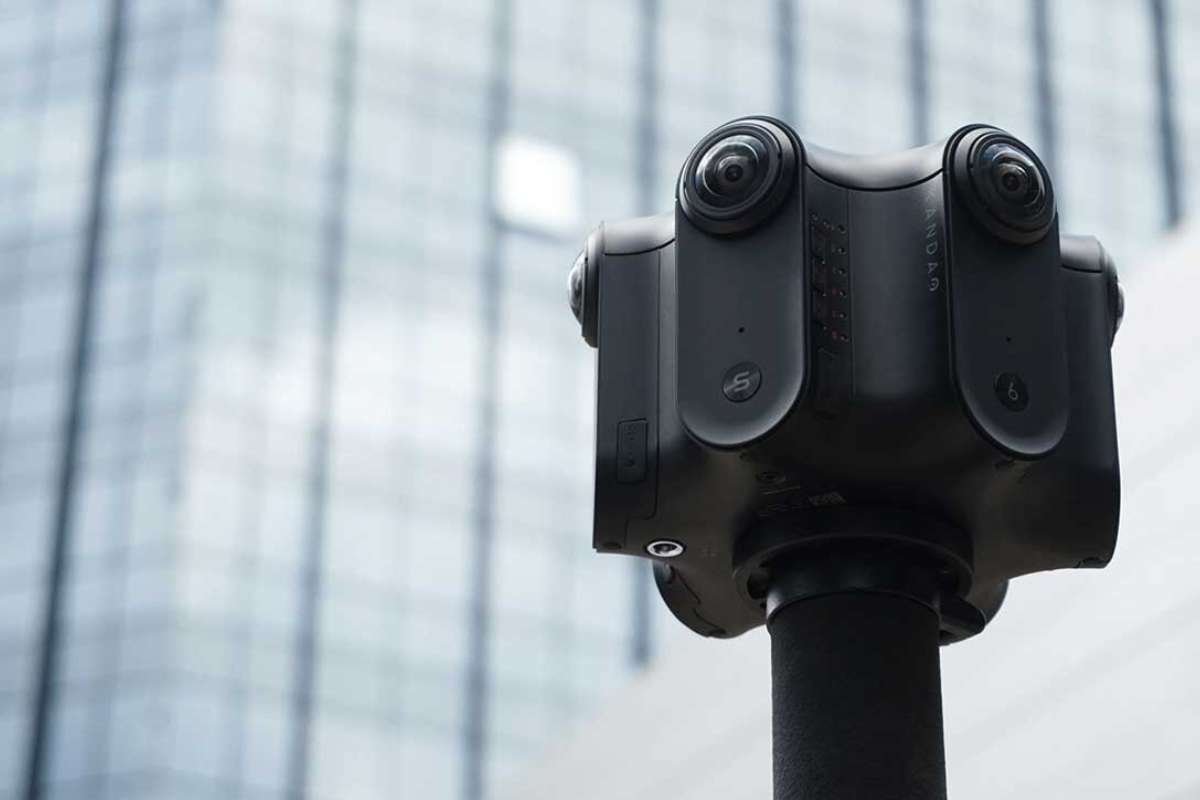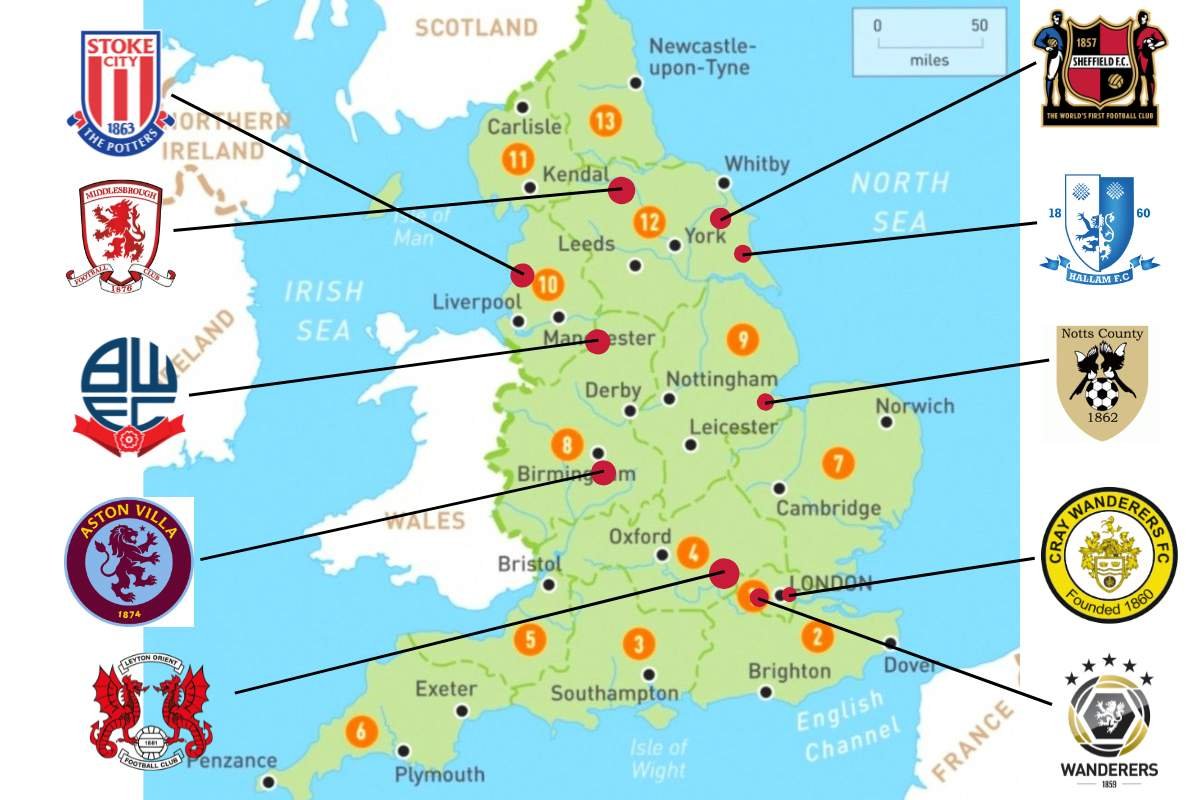Inbound marketing for businesses is a powerful strategy for luring, keeping, and converting potential customers. At Profit Engine, its focus lies in building trust and authority with potential customers is the primary goal of inbound marketing strategies, which are centered on producing meaningful content and experiences that speak to their needs and interests.
In this article, we’ll look at the essential components of a good B2B inbound marketing plan and offer advice for implementing them.
What Is B2B Inbound Marketing?
B2B inbound marketing aims to draw prospective business customers by developing helpful content and engaging experiences that meet their desires and needs. Inbound marketing seeks to attract potential customers towards a firm by offering valuable and educational information that aligns with their interests and aspirations instead of disrupting them with conventional advertising techniques.
Building credibility and respect with prospective customers is the aim of B2B inbound marketing, which also positions a company as an authority in its field. Businesses may acquire quality leads and develop them through purchasing, ultimately converting them into devoted customers by producing unique content that connects with potential consumers.
Creating blog articles, whitepapers, research papers, webinars, and other forms of content that tackle potential clients’ concerns and offer answers is one of the frequent methods used in B2B inbound marketing. Different strategies include marketing automation, social media advertising, email marketing, and SEO.
B2B inbound marketing is generally a customer-centric marketing strategy that aims to establish enduring connections with potential customers and establish a company as a dependable partner and advisor.
B2B Inbound Marketing vs. Outbound Marketing
Outbound and inbound marketing are unique marketing strategies with different objectives and strategies. While outbound marketing aims to reach potential customers through disruption-based techniques like advertising and cold calling, inbound marketing focuses on attracting customers by offering valuable information and experiences that satisfy their wants and requirements.

The following are some significant distinctions between outbound and inbound B2B marketing:
1. Strategy
B2B inbound marketing adopts a customer-centric strategy to attract interested customers by offering relevant content that meets their needs and interests. Outbound marketing focuses on the product and uses intervention-based strategies like cold calling and advertising to advertise goods and services.
2. Communication
B2B inbound marketing leverages communication channels, including blogs, social media, and email, to provide helpful material to potential customers. Outbound marketing interrupts potential customers with advertisements through media, including radio, television, direct mail, and telemarketing.
3. Targeting
B2B inbound marketing focuses on prospective customers actively seeking answers to their issues and is more likely to interact with material that satisfies their demands. Outbound marketing focuses on a wider audience, including individuals who might not have shown interest in a certain good or service. Hiring a specialized B2B inbound marketing agency can significantly enhance a company’s online presence and lead generation efforts, ensuring tailored strategies to effectively engage and convert business-to-business prospects.
4. Cost
As inbound marketing focuses on producing valuable content that can be reused across several platforms, it is typically cheaper than outbound marketing for B2B companies. The costs and returns on investment of outbound marketing strategies like telemarketing and advertising can be unpredictable.
Steps to Create a Successful B2B Inbound Marketing Strategy ;

1. Create Buyer Personas
Based on data and research, buyer personas are fictitious depictions of your ideal clients. They assist you in comprehending the objectives, difficulties, and behavioral trends of your consumers so that you can produce content that specifically caters to their demands and preferences. An effective B2B inbound marketing plan must include the creation of buyer personas.
2. Identify your Target Audience
The first step in developing a successful B2B inbound marketing strategy is identifying your target audience. What are the requirements and problems of your ideal clients? What are their job titles, industries, and demographics? The more precisely you can define your target market, the more effectively you can develop content and messages that appeal to them.
3. Produce Valuable Content
Producing valuable content is the cornerstone of a practical inbound marketing approach. Your material should speak to your target audience’s needs and interests, answer their problems, and establish your authority. Whitepapers, case studies, webinars, infographics, and blog posts are effective B2B inbound marketing content.
4. Optimize Your Website
Since your website is the central component of your inbound marketing plan, optimizing it for user experience and search engine visibility is crucial. Making your website mobile-friendly, optimizing its structure, content, and metadata, as well as making it simple for users to browse and get the information they want, are all part of this.
Conclusion
Inbound marketing for businesses is a powerful strategy for luring, keeping, and converting potential customers. You can design a thorough B2B inbound marketing plan that promotes company growth by identifying your target market, creating buyer personas, providing great content, optimizing your website, utilizing social media, engaging your leads, and tracking your progress.





